Flesch Reading-Ease Test - Text Readability Assessment
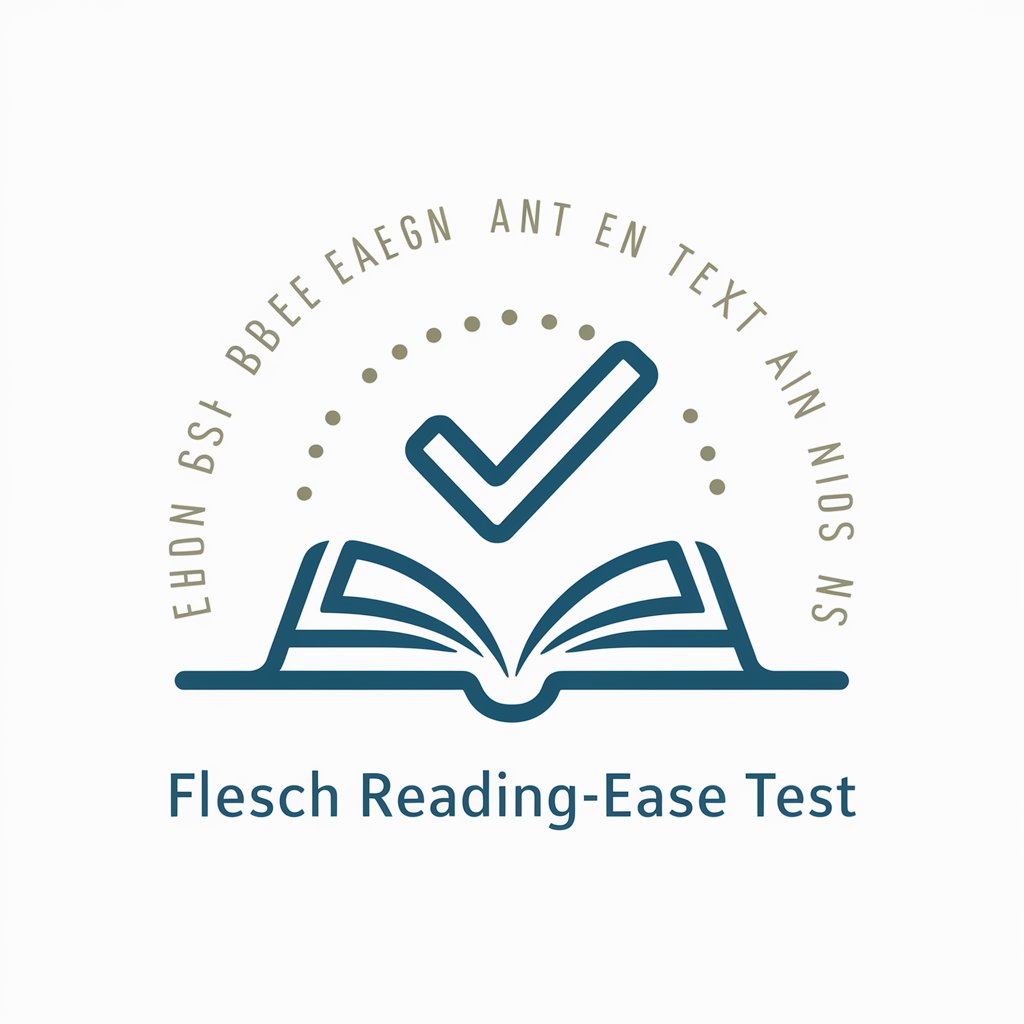
Welcome! Let's make your text easy to read.
AI-powered readability scoring for clearer communication
Please analyze the readability of the following text:
I have a document that needs a Flesch Reading-Ease Score:
Can you evaluate this content for its reading ease?
I'd like to know how readable this passage is:
Get Embed Code
Flesch Reading-Ease Test Overview
The Flesch Reading-Ease Test is a tool designed to assess the readability of English texts. Developed by Rudolf Flesch in the 1940s, its primary purpose is to gauge how easy or difficult a piece of writing is to understand for the average reader. The test calculates a score based on the average length of sentences and the average number of syllables per word in a text. Scores range from 1 to 100, with higher scores indicating easier readability. A score between 60 and 70 is considered standard, suggesting the text is easily understood by 13- to 15-year-old students. This readability test is particularly useful for tailoring content to a specific audience's comprehension level, ensuring materials are accessible and engaging. For example, an educational textbook aimed at middle school students should have a higher Flesch score than a research article intended for professionals in a specialized field. Powered by ChatGPT-4o。

Functions and Real-World Applications
Assessment of Text Readability
Example
A score of 90-100 means the text is easily understood by an average 11-year-old student, while a score of 0-30 means the text is best understood by university graduates.
Scenario
Educators use the Flesch Reading-Ease Test to evaluate textbooks, ensuring they match the comprehension level of their students. This makes learning materials more effective and engaging.
Content Tailoring for Target Audiences
Example
A health information pamphlet intended for the general public aims for a score above 60 to ensure clear understanding.
Scenario
Public health officials may use the test to gauge the readability of informational brochures on diseases and prevention measures, ensuring they are accessible to a wide audience.
Improving Website Content Accessibility
Example
Websites aiming for broad accessibility strive for higher Flesch scores to accommodate readers of varying literacy levels.
Scenario
Web developers and content creators analyze their site's content through the Flesch Reading-Ease Test to make sure it's understandable by the largest possible audience, enhancing user experience and engagement.
Target User Groups
Educators and Academic Professionals
Teachers and curriculum developers utilize the Flesch Reading-Ease Test to create or select teaching materials that match their students' reading abilities, ensuring that educational content is both accessible and challenging enough to promote learning.
Healthcare Professionals and Public Health Communicators
This group uses the test to craft easily understandable patient education materials, public health announcements, and consent forms, making complex medical information accessible to those without a medical background.
Content Creators and Marketers
Writers, journalists, and marketing professionals use the Flesch Reading-Ease Test to adjust their content for their target audience, ensuring messages are effectively communicated and resonant with readers' comprehension levels.

Using the Flesch Reading-Ease Test
Start a Free Trial
Begin by accessing a tool like yeschat.ai for a complimentary trial, where no account creation or ChatGPT Plus subscription is required.
Prepare Your Text
Ensure your text is finalized and ready for analysis. This could be any written content you wish to assess for readability.
Input Text
Copy and paste your text into the designated area of the tool to start the analysis process.
Analyze Readability
Submit your text for evaluation. The tool will calculate your text's Flesch Reading-Ease score, which ranges from 0 to 100.
Interpret Results
Review the score to understand the readability of your text. Higher scores indicate easier readability, suitable for a wider audience.
Try other advanced and practical GPTs
Visa Ease Kenya
Navigate UK Visas with AI
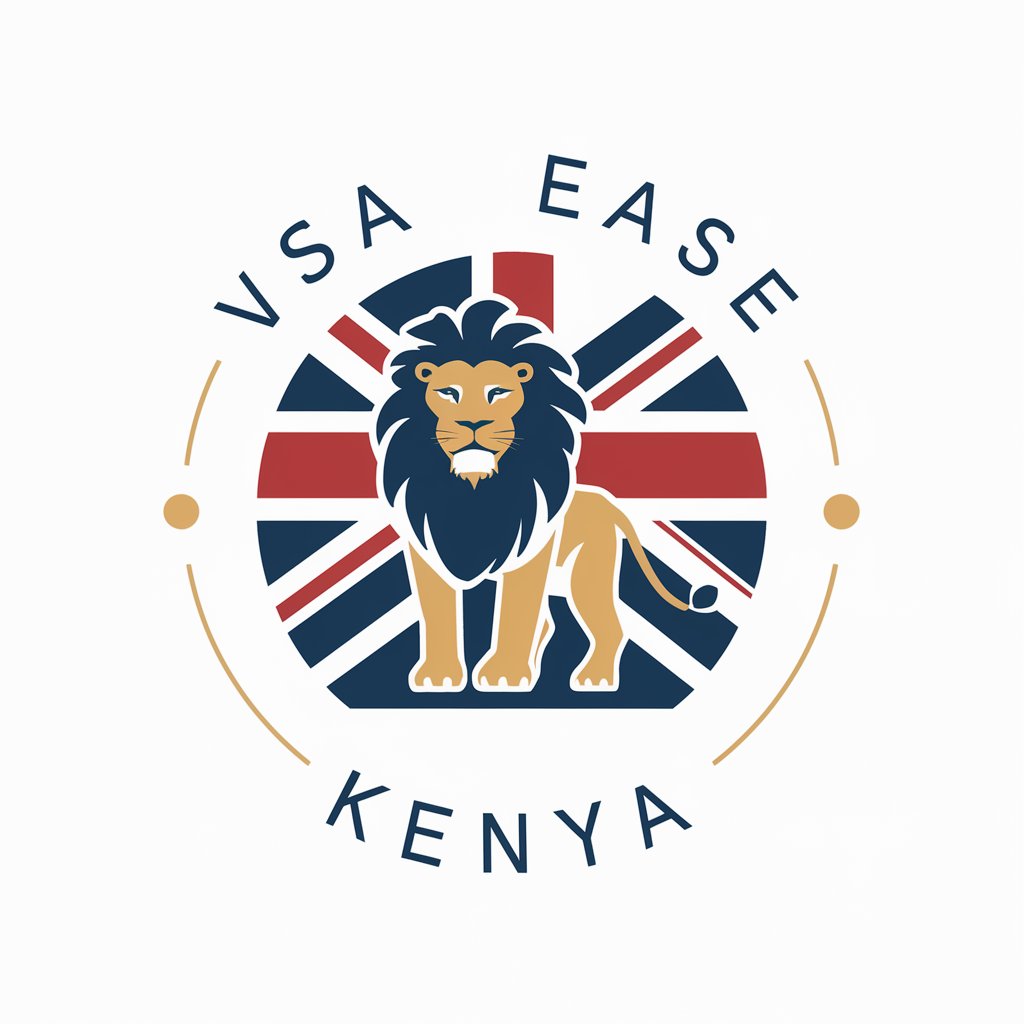
Portfolio Ease
Craft, Enhance, Share Your Designs

Contract Ease
Demystifying legalese with AI power
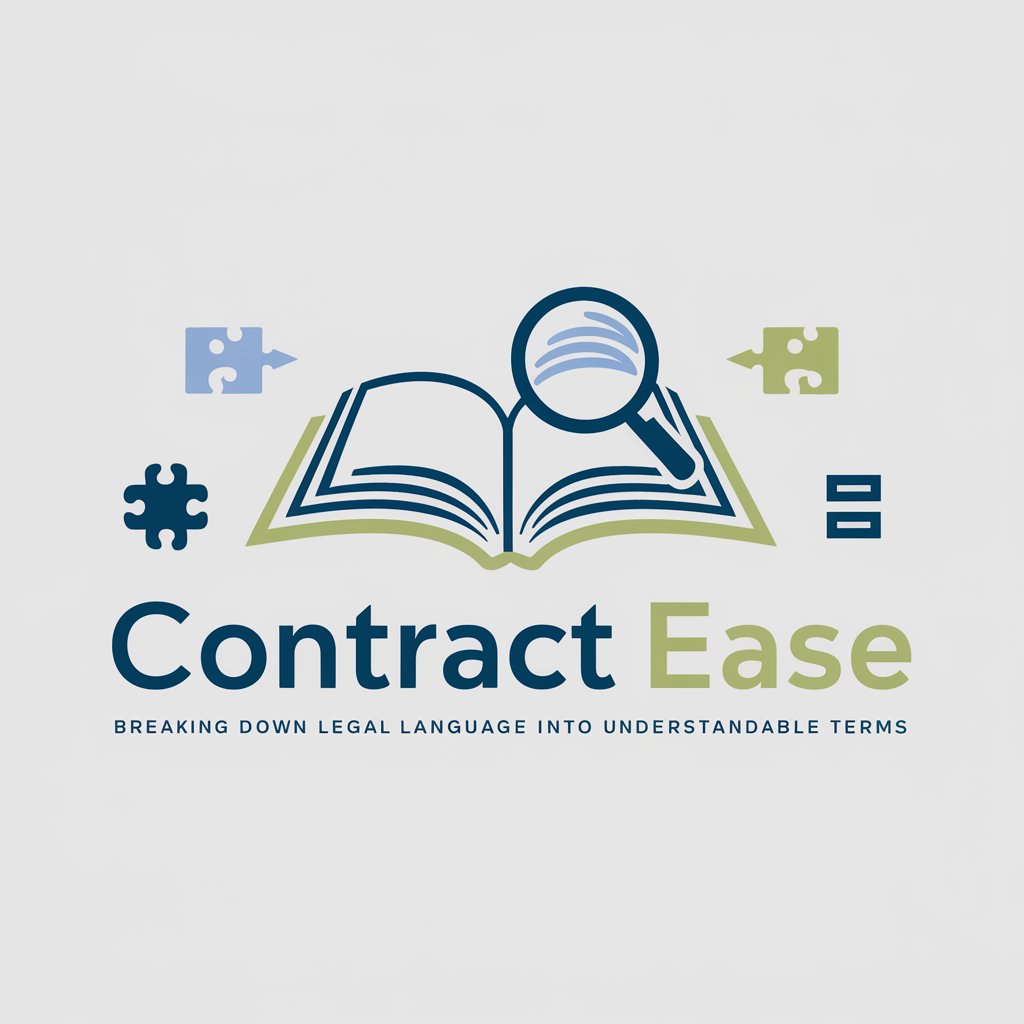
Legal Ease
Streamlining Legal Processes with AI
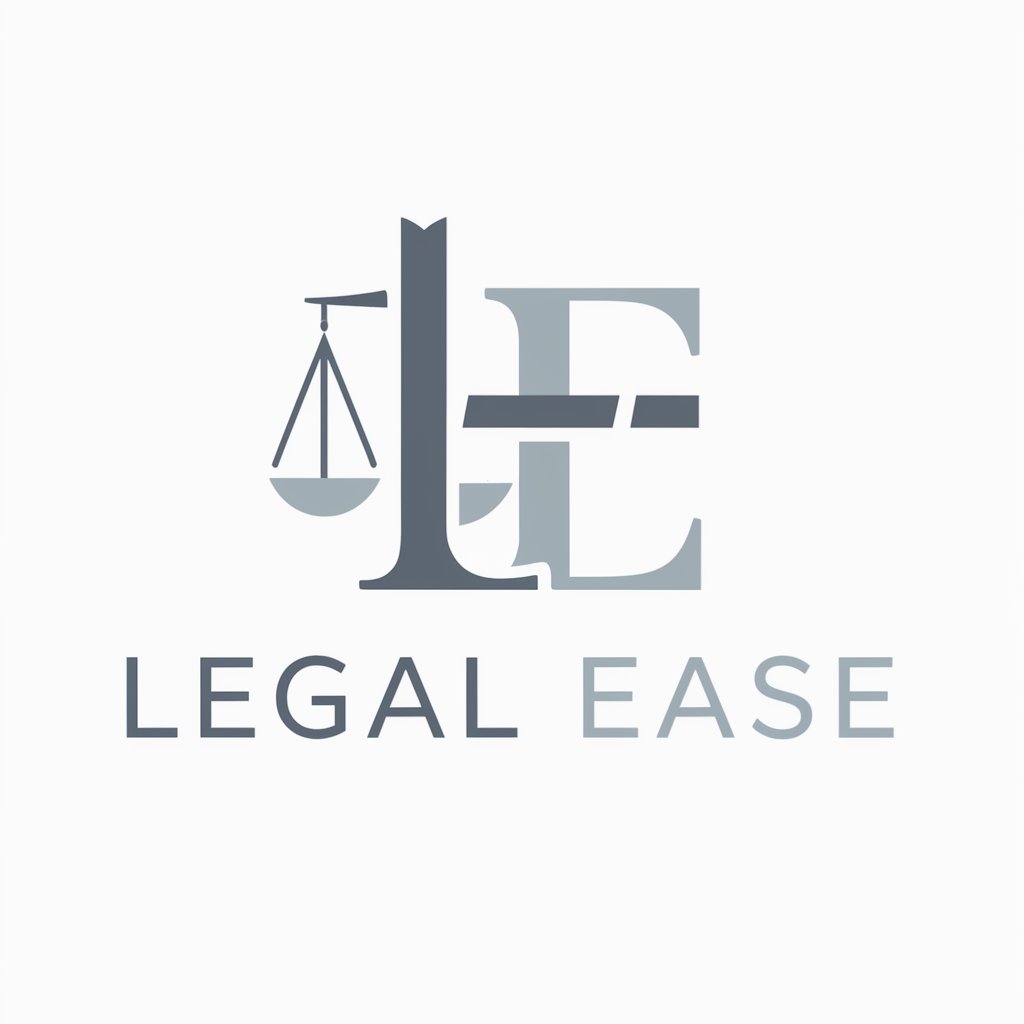
Legal Ease
Simplify legal jargon with AI

Trendyoutlook
Discover Your Next Adventure with AI

Teen Smackdown
Debate, Learn, Grow with AI
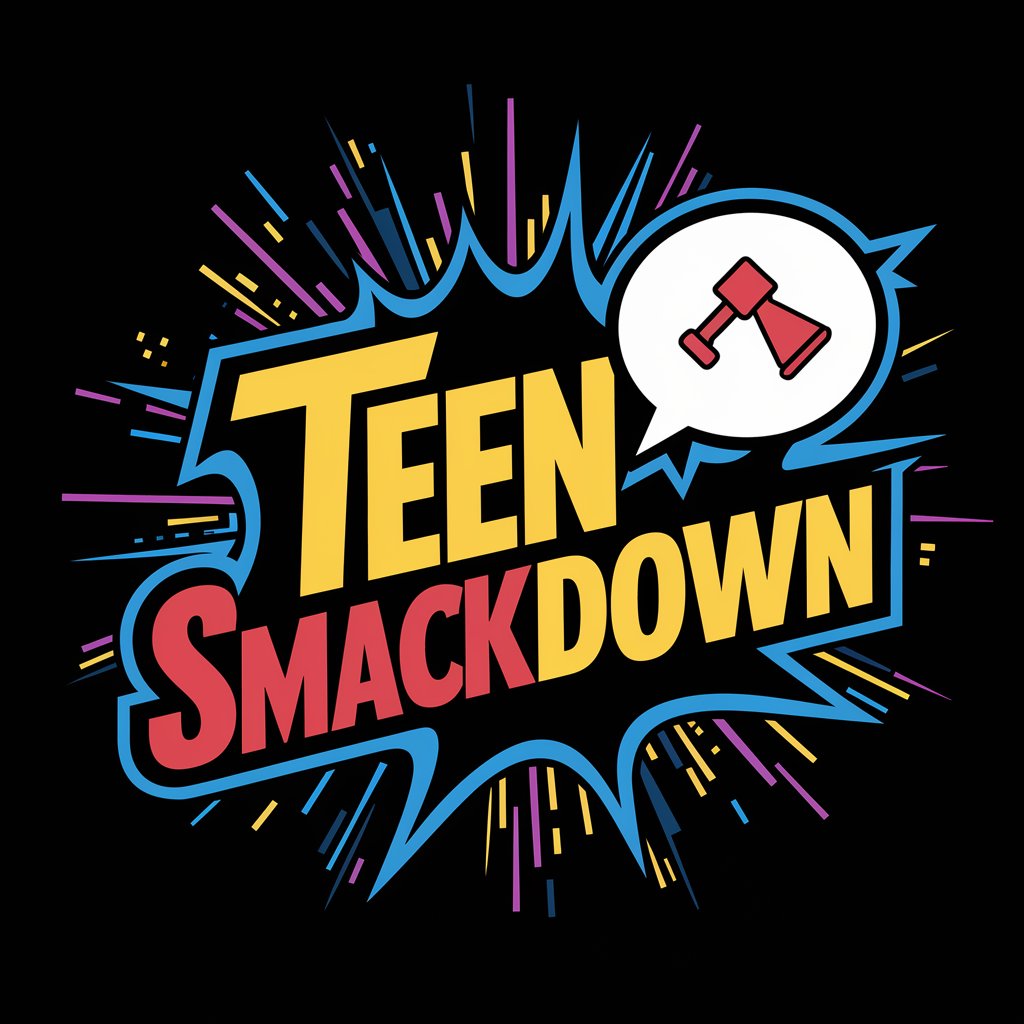
No Agree GPT
Challenge Your Perspectives
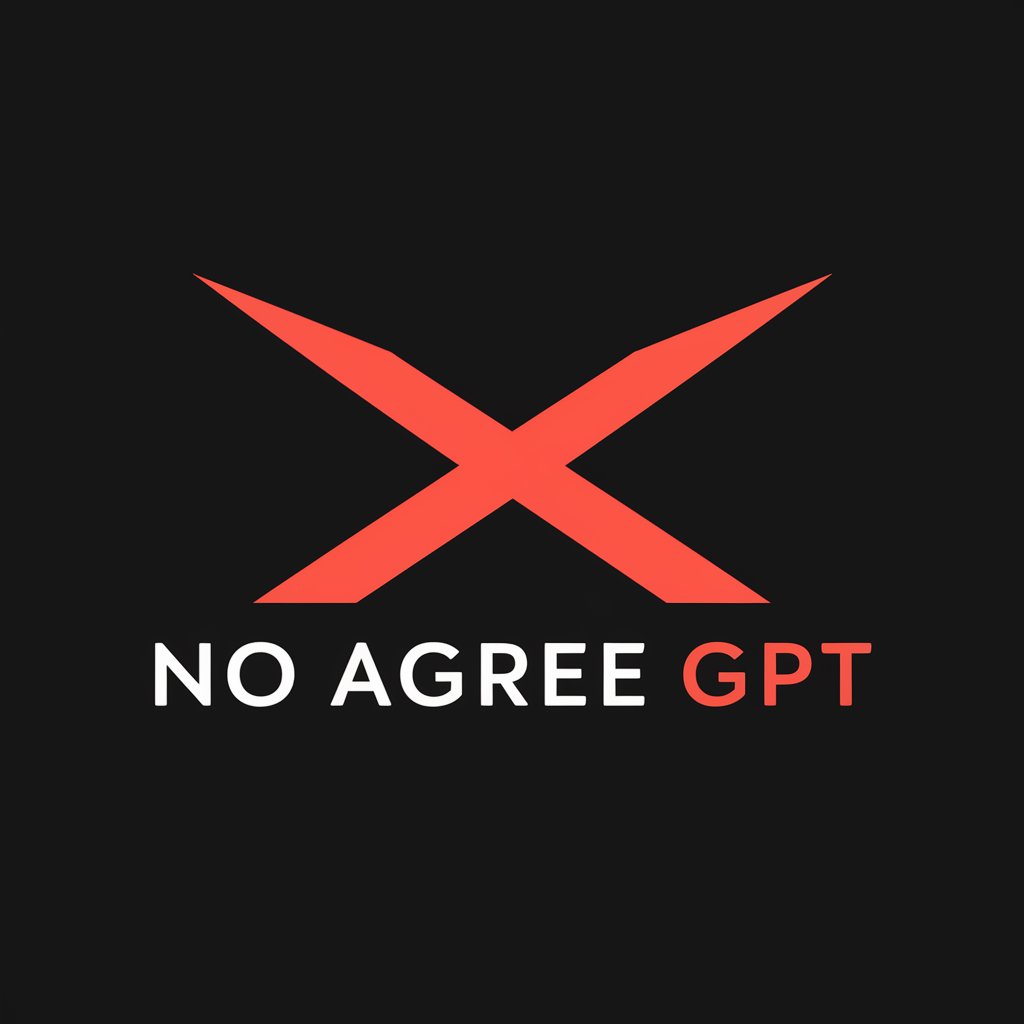
Let's agree to disagree
Debate, Discover, and Develop with AI
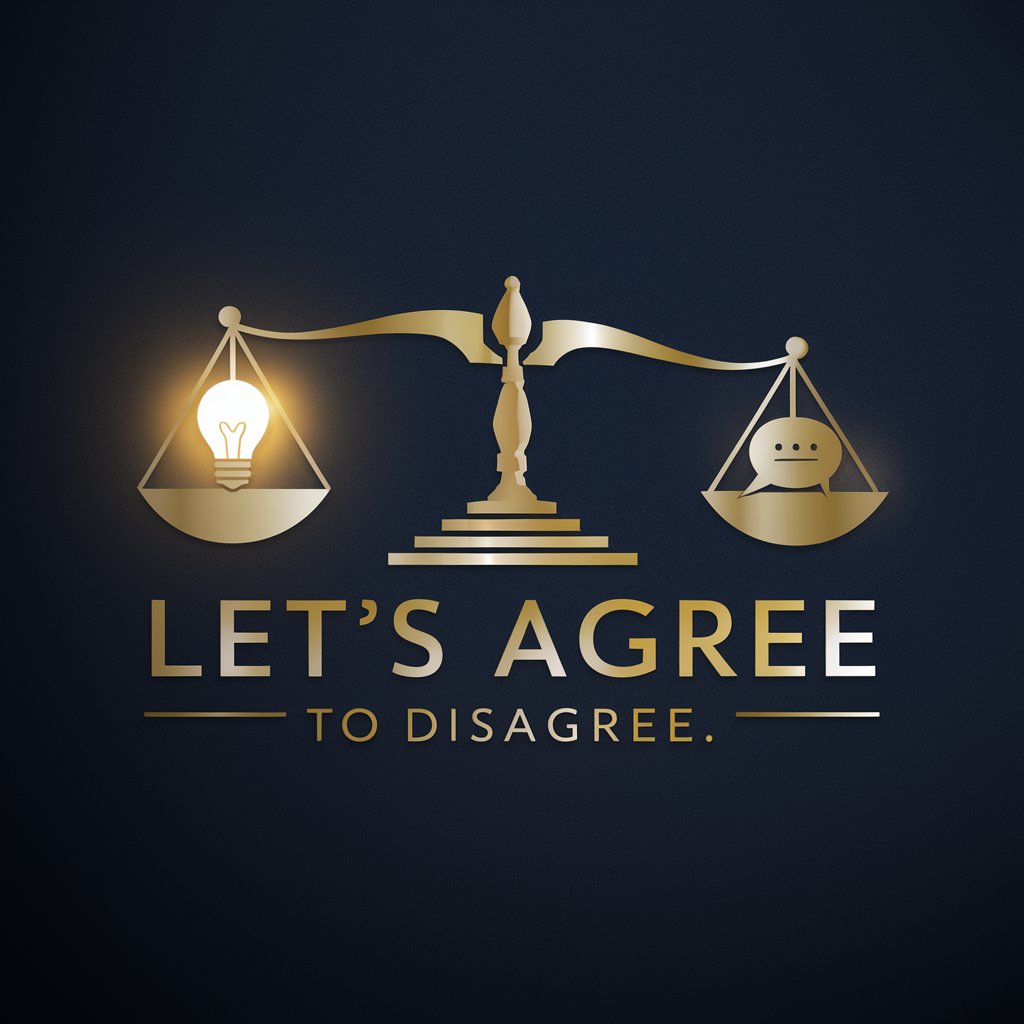
다이어트 디저트 레시피
Craft Your Healthy Dessert with AI!
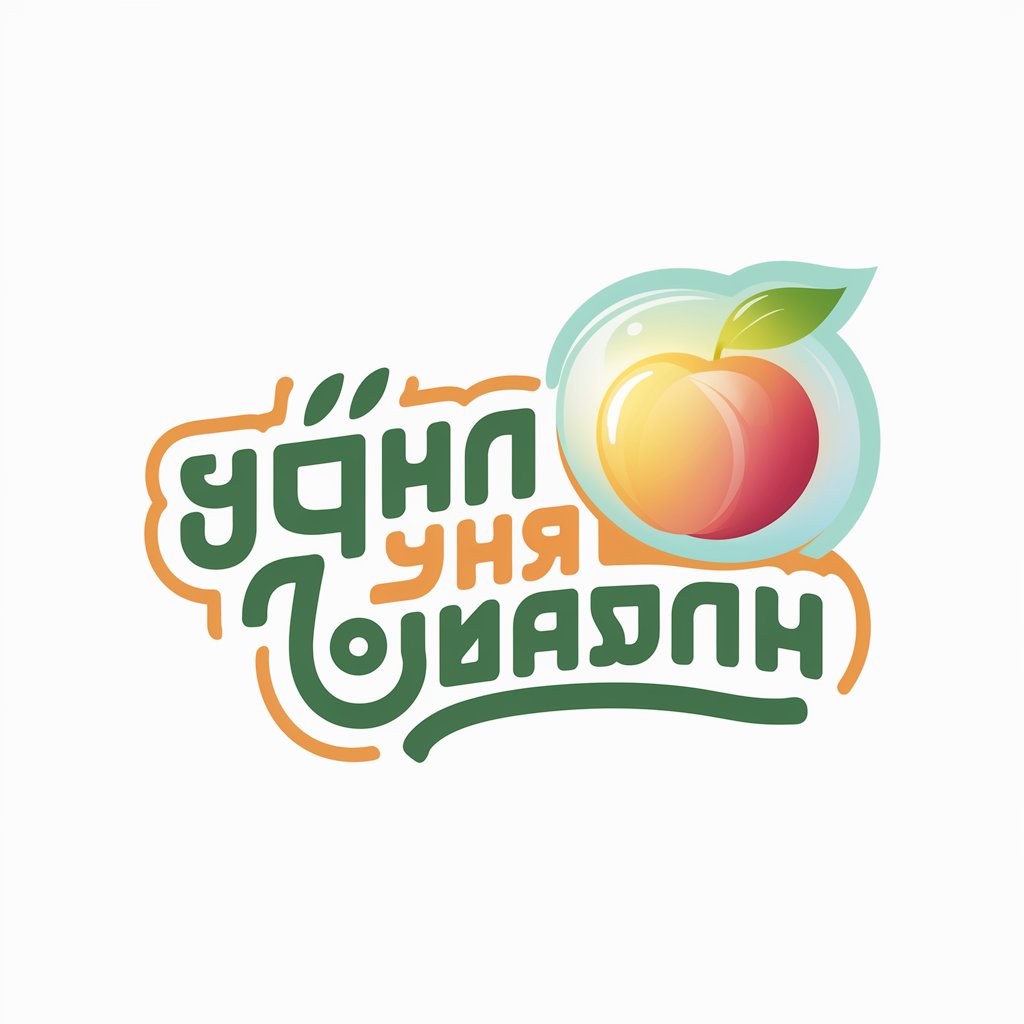
Agrem
Power Your Farm with AI Insights

Gree / Tosot Guide
Optimizing HVAC with AI-Powered Support

Flesch Reading-Ease Test FAQs
What is the Flesch Reading-Ease Test?
It's a readability formula that evaluates the ease of understanding of English texts, based on word length and sentence length, providing a score from 0 to 100.
How is the score interpreted?
Scores are interpreted as follows: 90-100 for very easy, 60-70 for standard English, and 0-30 for very difficult texts.
Can the test be used for languages other than English?
While primarily designed for English, adaptations exist for other languages. However, its accuracy might vary depending on linguistic differences.
Is it suitable for academic texts?
Yes, it's used to assess academic materials' readability, though some complex subjects might inherently score lower due to specialized terminology.
How can improving my score benefit me?
A higher score indicates clearer communication, potentially broadening your audience and improving engagement with your content.
